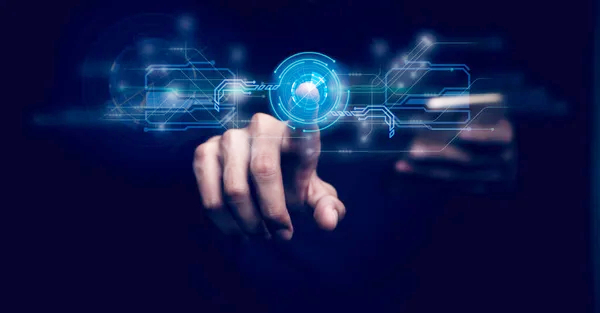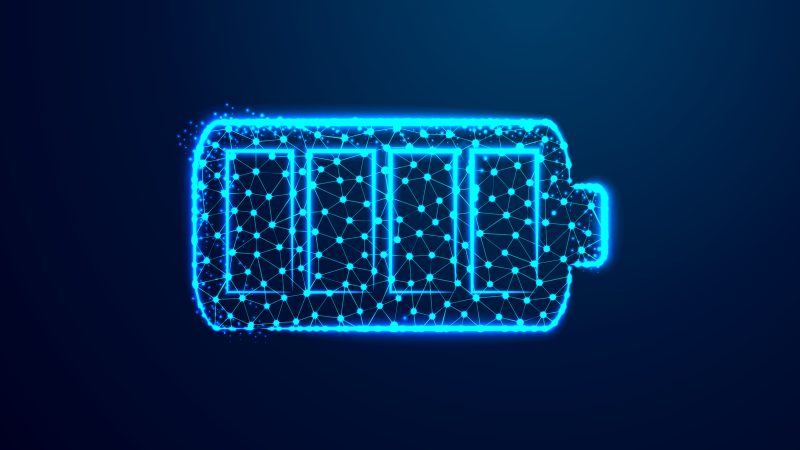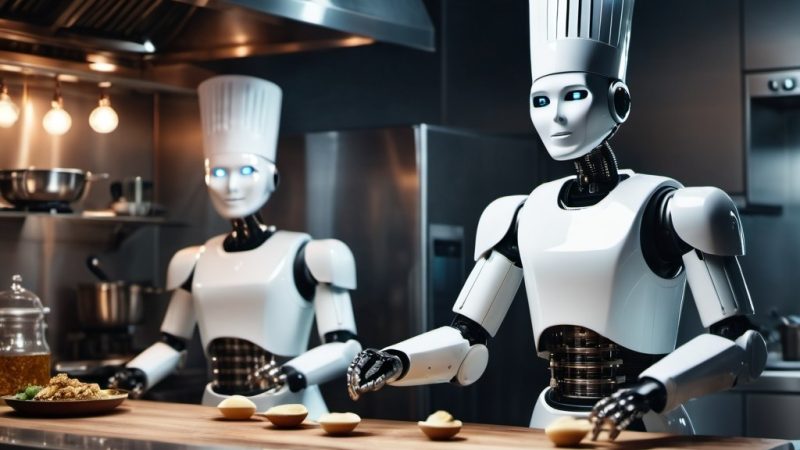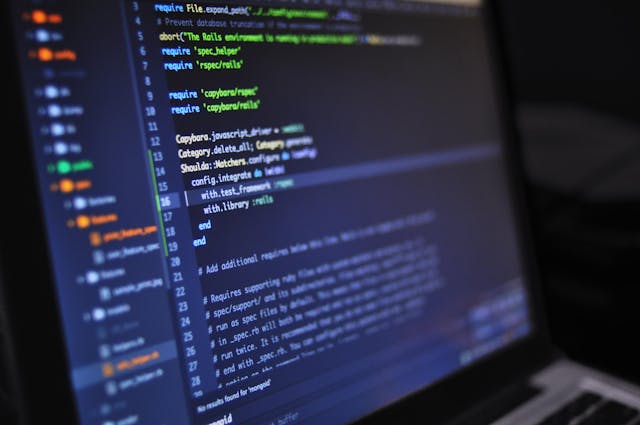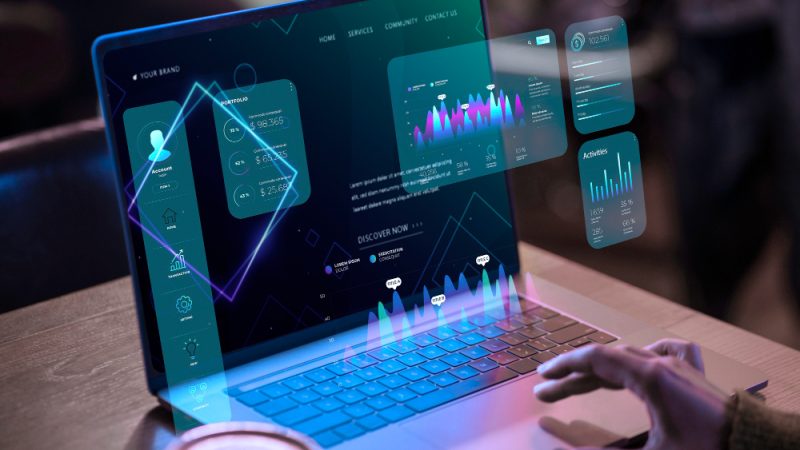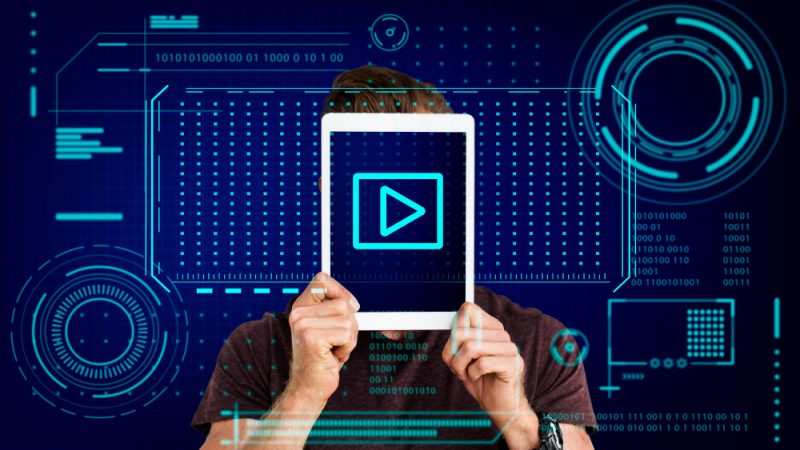Age of Automation: The juxtaposition between machine learning and the internet of things
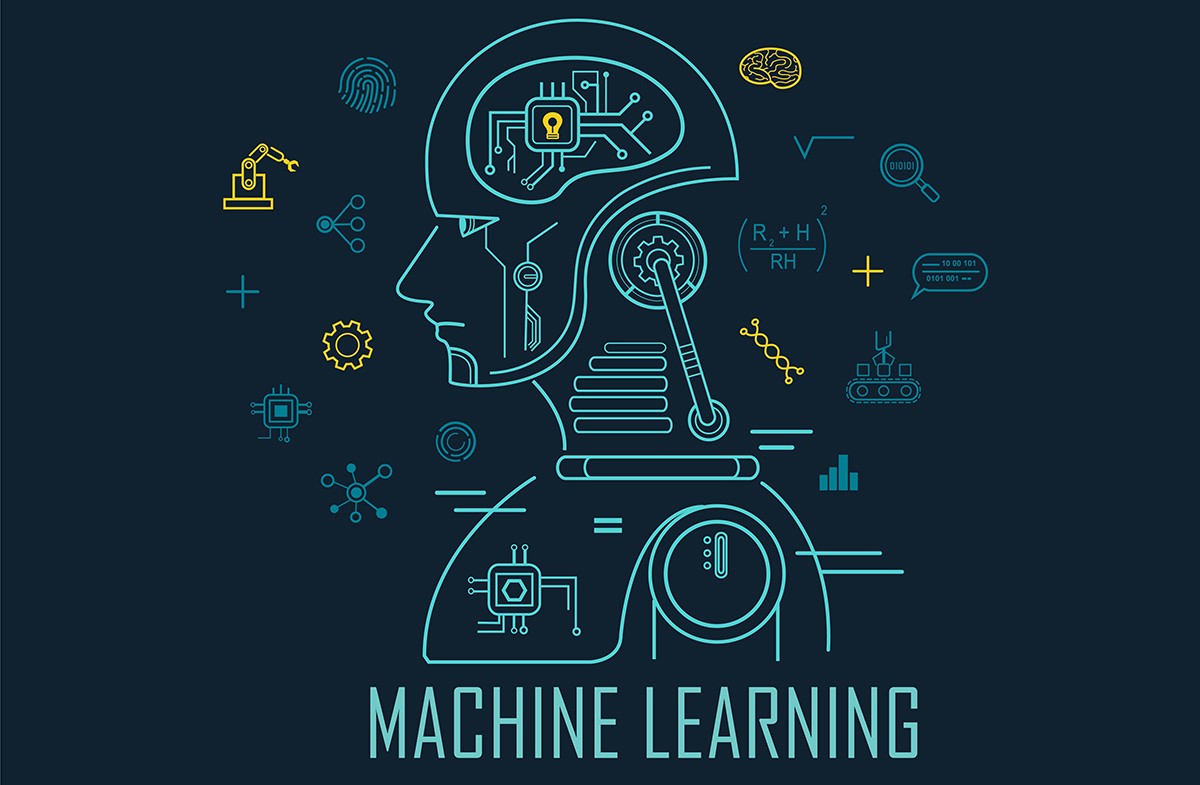
Machine learning is rightly called one of the most exciting and critical breakthroughs of the 21st century. There is hardly a technology or a smart gadget in the present times that does not use machine learning directly or indirectly. Machine learning is actually the primary reason behind the advent of the technologically advanced industry in the last few years. Even organizations devoid of machine learning certification are trying to incorporate this technology to reap its benefits at the earliest.
Technical giants like Google and Netflix are some of the prominent players in the industry to use machine learning techniques. Even the smallest start-ups are making use of machine learning methodologies to drive up sales and target the global market. A report by Salesforce finds that more than 75% of the IT organizations would depend on artificial intelligence and machine learning in the coming 10 years. This signifies a rapid transformation of customer engagement and personalization.
Hyper Automation
There is no doubt in the fact that a large number of IT industries are gradually moving towards automation. Automation is a process in which all the systems operating in an organization can be synchronized in one form or the other. The current pandemic has increased our belief that hyper-automation is one of the greatest options that our future generations truly deserve. Ranging from intelligent processes to stand-alone systems, hyper-automation focuses on making the systems totally independent of manual control. That said, hyper-automation is very much dependent on the properties and algorithms of machine learning. In other words, for the effective hyper-automation of processes, we need to develop software in consonance with machine learning techniques.
Intelligent solutions for businesses
Machine learning is the center stage that is experimenting with the production of new technologies for automating business processes. Machine learning is involved in the development of intelligent solutions for businesses. With the help of machine learning, business outcomes can not only be predicted but the annual growth in revenues can also be forecasted. It is not unnatural to witness businesses utilizing the predicting power of recurrent neural networks in the next 5 years. Machine learning certification can also be leveraged to unravel the deep trends in businesses and predict great outcomes.
Automating tools
With the help of various automating tools available in machine learning, we can not only analyze data in real-time but process it as well. The automated machine learning methodology is also pivotal for conceiving different types of machine learning models. The most important tool in this category is auto ml that is used to train models for classification and regression analysis. This is helpful because it does away with the need to use complex programming languages. The best thing about automating tools is that they allow appropriate customization as per the needs of the user so that the technological interface becomes very easy to use.
The juxtaposition between machine learning and IoT
The juxtaposition between machine learning and the internet of things can be understood by the ability of different devices to communicate with each other. At the same time, the fact that cannot be ignored is that the number of devices powered by IoT technology is continuously increasing in the long run. The amount of data generated by such devices is not only difficult to store but is also hard to analyze. By different types of machine learning algorithms, we can derive critical insights from such data sets. When we speak of the practical domains of the juxtaposition between machine learning and IoT, self-driving cars are what comes to our mind at first instance. These types of autonomous vehicles are powered by machine learning and IoT and need to process data in real-time in order to be successful in their functioning. This proves the dependence of IoT on machine learning and vice versa. A report by Gartner predicts that there would be an increase of more than 75% in the projects that would be powered by the blend of machine learning and IoT technology by the end of 2025.
Concluding remarks
With the increase in computing power, the understanding of machine learning, IoT, and artificial neural networks is also increasing. This is giving rise to new types of technologies that are slowly and steadily popping up. Increasing research and development is not only essential for servicing the old technologies but also for conceiving the new ones.

